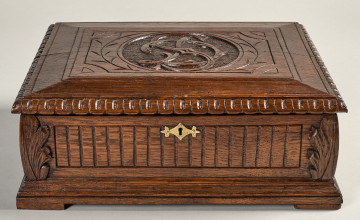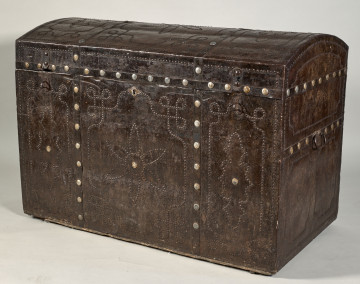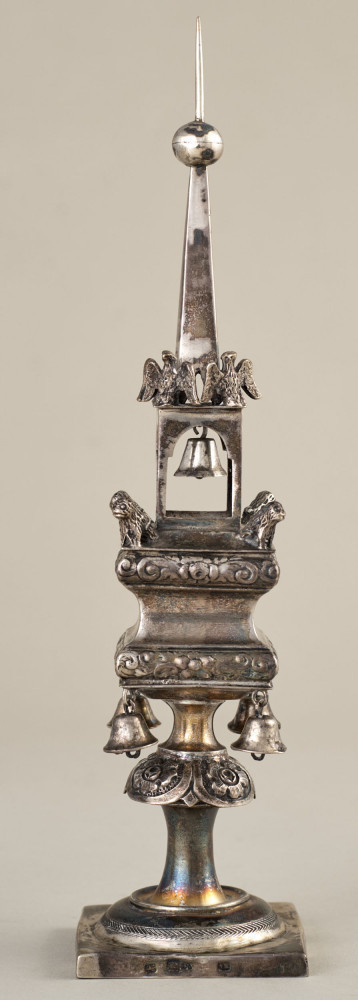
Casette
20th century
Castle Museum in Łańcut
Part of the collection: History of the city and the region
Clock from the early 20th century with the name of Jan Seltenreich, a Lviv-based watchmaker who was active in this field since the 1st half of the 19th century The few references in the source literature indicate that in ca. 1903, Seltenreich became a chief watchmaker in Lviv. He ran his establishment at the local Mariacki Square, under two numbers. It is possible that he owned two shops, or a shop and a warehouse located on the same street in separate buildings. The described clock is a pendulum clock. Legend has it that in 1581 Galileo Galilei, watching a chandelier swinging in the Cathedral of Pisa, discovered the isochronism of the pendulum – the phenomenon of the constancy of the pendulum's swing, depending only on its length. The pendulum proved to be an excellent regulator for the low-precision mechanical clocks of the time. The first pendulum clock was constructed in 1641 by Vincenzo, who was helped by his father, Galileo. The first useful model was built between 1656 and 1657 by Christiaan Huygens. Gdańsk astronomer Johannes Hevelius was also one of the early pioneers of the pendulum clock. He used a pendulum to measure time as early as 1640, and is known to have donated a pendulum clock of his own design to King John Casimir in 1660. Starting in 1840, electricity was used to drive the pendulum clock. In 1924, W. H. Schortt built a very accurate clock, consisting of two pendulum clocks – a main and an auxiliary one – which controlled each other, and indicated the time with an accuracy of 0.0001 s per day. Joanna Kluz
Author / creator
Dimensions
height: 72.5 cm, width: 30 cm
Object type
History of the city and the region
Technique
installation
Material
metal, wood
Creation time / dating
Creation / finding place
Owner
Castle Museum in Łańcut
Identification number
Location / status

20th century
Castle Museum in Łańcut

19th (?) century
Castle Museum in Łańcut

19th (?) century
Castle Museum in Łańcut
DISCOVER this TOPIC
National Museum in Lublin
DISCOVER this PATH
Educational path